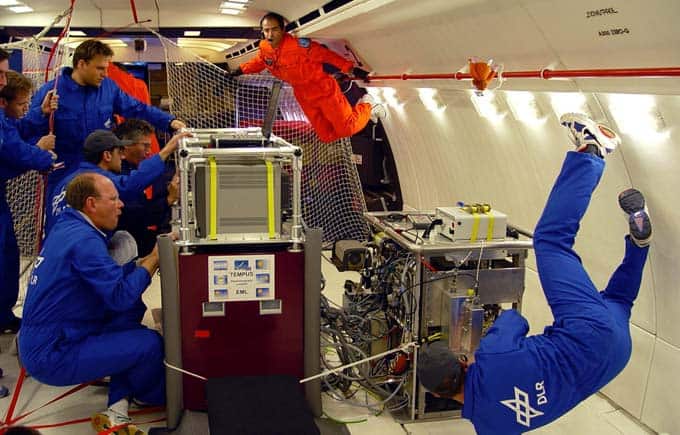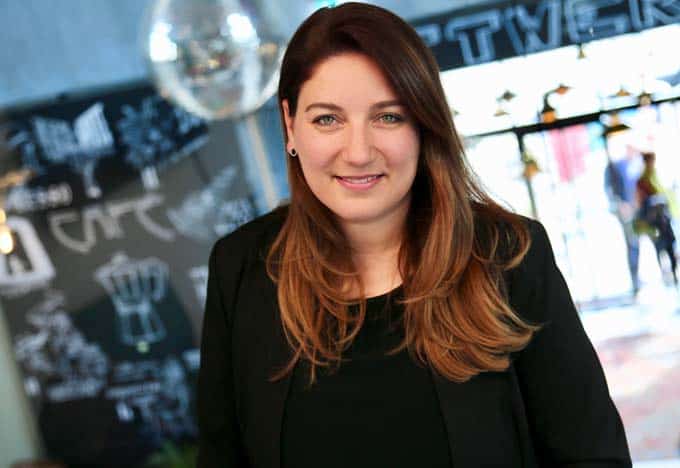Swisscontent and Forward Advisors launch communications offensive for Hugo Boss
With the arrival of the new CEO, Daniel Grieder, in June 2021, a new era has begun for the MDAX company Hugo Boss from Metzingen. The agency group Forward Advisors/ Swisscontent worked with Grieder and the fashion company's communications and strategy team to prepare a comprehensive new corporate strategy called "Claim 5" for communications and spread it across suitable channels. [...]
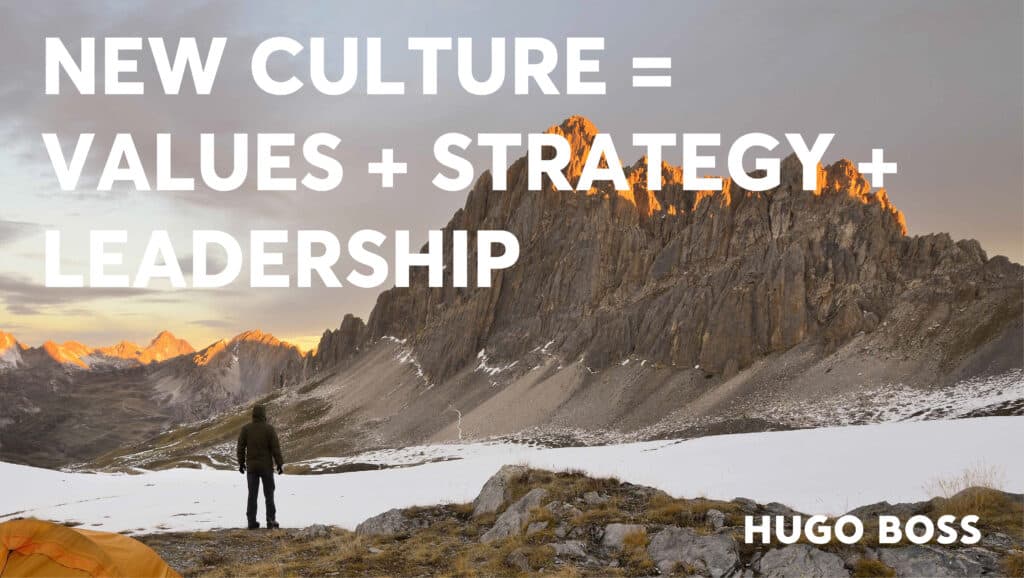 With the arrival of the new CEO, Daniel Grieder, in June 2021, a new era has begun for the MDAX company Hugo Boss from Metzingen. The agency group Forward Advisors/ Swisscontent worked with Grieder and the fashion company's communications and strategy team to prepare a comprehensive new corporate strategy called "Claim 5" for communications and spread it across suitable channels. The project manager at Hugo Boss was Carolin Westermann, Head of Global Corporate Communications. It was of central importance that every employee knows, understands and, in particular, lives the strategy. This also required a new type of communication to help shape the new corporate culture right from the start.
For this purpose, the consulting agency Forward Advisors developed an overarching and cross-channel communication strategy with the main goal of communicating the new corporate strategy in a catchy and sustainable way. The communications and marketing agency Swisscontent implemented the communications measures and tools developed by Forward Advisors. The implementation was carried out through many channels, some of which were new and innovative. In doing so, the agency group, in close cooperation with those responsible at Hugo Boss, broke completely new ground and set an international benchmark - in the internal introduction and positioning of the CEO as well as in internal communications in general.
With the arrival of the new CEO, Daniel Grieder, in June 2021, a new era has begun for the MDAX company Hugo Boss from Metzingen. The agency group Forward Advisors/ Swisscontent worked with Grieder and the fashion company's communications and strategy team to prepare a comprehensive new corporate strategy called "Claim 5" for communications and spread it across suitable channels. The project manager at Hugo Boss was Carolin Westermann, Head of Global Corporate Communications. It was of central importance that every employee knows, understands and, in particular, lives the strategy. This also required a new type of communication to help shape the new corporate culture right from the start.
For this purpose, the consulting agency Forward Advisors developed an overarching and cross-channel communication strategy with the main goal of communicating the new corporate strategy in a catchy and sustainable way. The communications and marketing agency Swisscontent implemented the communications measures and tools developed by Forward Advisors. The implementation was carried out through many channels, some of which were new and innovative. In doing so, the agency group, in close cooperation with those responsible at Hugo Boss, broke completely new ground and set an international benchmark - in the internal introduction and positioning of the CEO as well as in internal communications in general.
The kickoff: A global, virtual employee event
In order to present himself, his ideas, and future core values for Hugo Boss, an unusual type of presentation combined with an inspiring performance was important to CEO Grieder. Under the overarching motto "Timing, Mindset, Energy," the new strategy was staged with a stage performance. This was streamed globally from Metzingen to around 14,000 employees. Dynamic films with multimedia elements and animations, fast-paced sequences, statements by famous personalities and stirring music guided the audience through the speech. Transporting emotions and energy played just as important a role as the content itself. "The goal was to position the new CEO authentically and clearly when he took office," explains Daniel Kaczynski, Senior Partner of Forward Advisors and CEO and Chairman of the Board of Swisscontent. "The response was phenomenal".

Strategy videos and a CEO app
In a further phase, a strategy video was developed based on the storyline of the virtual employee event. Grieder, the Executive Board in general, and managers and departments worldwide used this video for internal and external presentations. In less than ten minutes, the CEO sums up the new corporate strategy and culture.


The culture in focus
Every sustainable change requires an initial analysis of the starting position and the circumstances. It was therefore important to understand the prevailing culture in the company right at the beginning in order to derive specific desired developments for the future. To this end, Forward Advisors developed a "Cultural Change Program" in parallel with the introduction of the communications strategy. Based on this, the agency formulated recommendations for the future and conducted workshops with the executives.
Forward Advisors stand for strategic, digital and data-based Kommunicationsation. The Swiss agency advises companiesnehmer, C-Levels and Boards of Directors as well as their companies in solving their communication challenges. Youre Work is based on many years of experience as a strategic acting Untentrepreneurs as well as digitally minded and well-networked Kommunication profis. Swisscontent is one of the leading Swiss agencies in the Areas Kommunication and marketing. The agency advises and untSupports their customers from strategy development through Konception to the cross-media orchestrated implementation of the defined Massnahmen and distribution.








 The photography agency 13Photo has been committed to dedicated and creative author photography since 2009. As an agency for photography, 13Photo develops sophisticated imagery and, supports or advises the client from the first to the last planning step. In doing so, 13Photo works with experienced and award-winning creatives and promotes young, exciting talent
Communications design agency Sofie reimagined the content and design of the website while creating a new visual identity for the 13Photo brand. With the new website, the user and brand experience has been optimized and the customer journey simplified - potential customers can get to the specific service offering and contact person in just a few clicks. The numerous features and functions such as animations, video and filters also ensure a very successful usability of the website at all times. The visual brand identity was simplified and reduced to the minimum. This conceptual element is reflected above all in the logo and the letterhead. Power, variety and diversity are provided by the unique imagery from campaigns, portraits, reports and film. This variable component complements the reduced visual language of the brand. Various interactive elements - as conceived in the menu, for example - allow the user an insight into the diversity of the visual world of 13Photo. The co-creation concept of the agencies Sofie and Marke17 was used for the conception and implementation of design and code.
The photography agency 13Photo has been committed to dedicated and creative author photography since 2009. As an agency for photography, 13Photo develops sophisticated imagery and, supports or advises the client from the first to the last planning step. In doing so, 13Photo works with experienced and award-winning creatives and promotes young, exciting talent
Communications design agency Sofie reimagined the content and design of the website while creating a new visual identity for the 13Photo brand. With the new website, the user and brand experience has been optimized and the customer journey simplified - potential customers can get to the specific service offering and contact person in just a few clicks. The numerous features and functions such as animations, video and filters also ensure a very successful usability of the website at all times. The visual brand identity was simplified and reduced to the minimum. This conceptual element is reflected above all in the logo and the letterhead. Power, variety and diversity are provided by the unique imagery from campaigns, portraits, reports and film. This variable component complements the reduced visual language of the brand. Various interactive elements - as conceived in the menu, for example - allow the user an insight into the diversity of the visual world of 13Photo. The co-creation concept of the agencies Sofie and Marke17 was used for the conception and implementation of design and code.









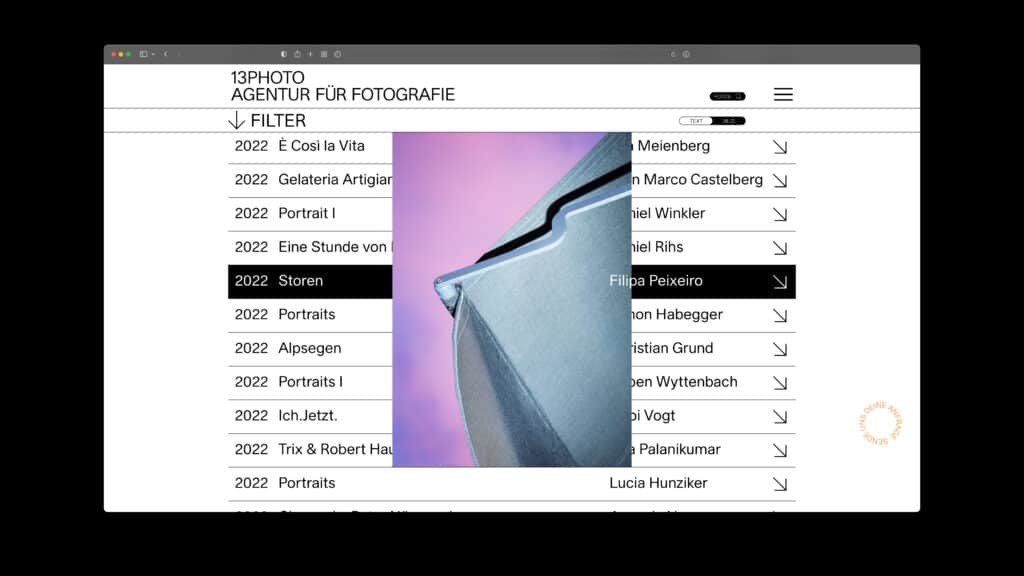







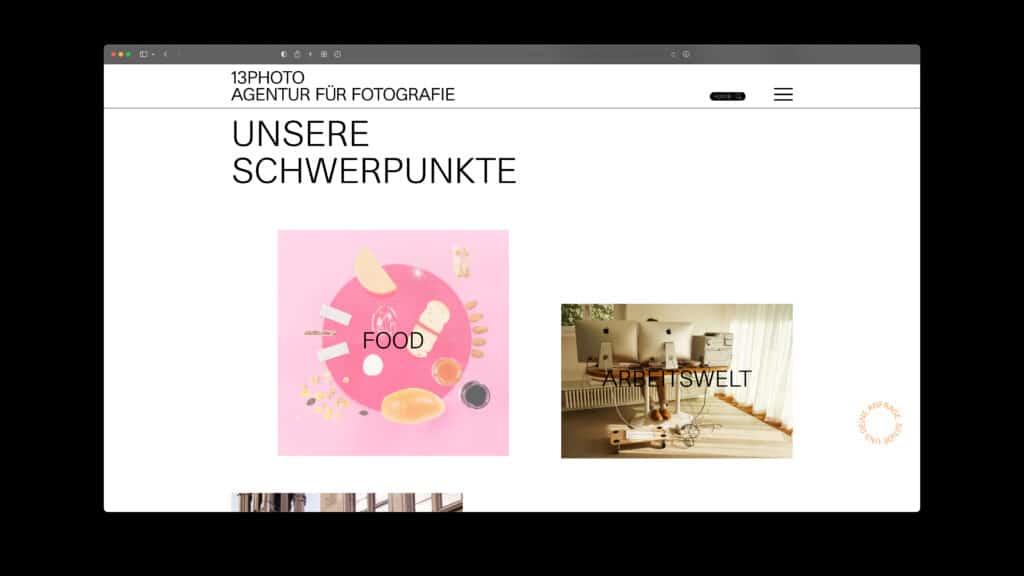




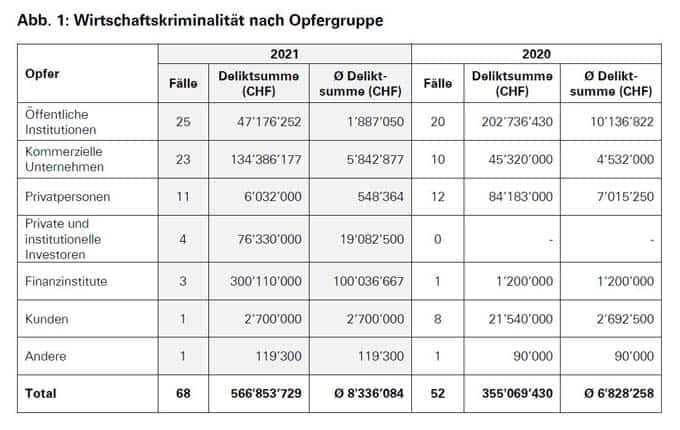
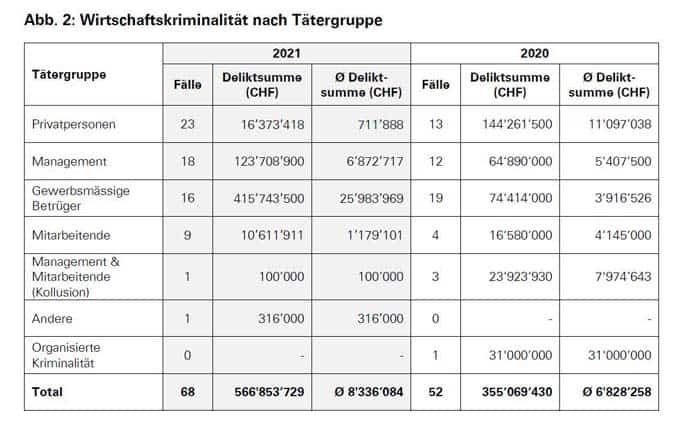
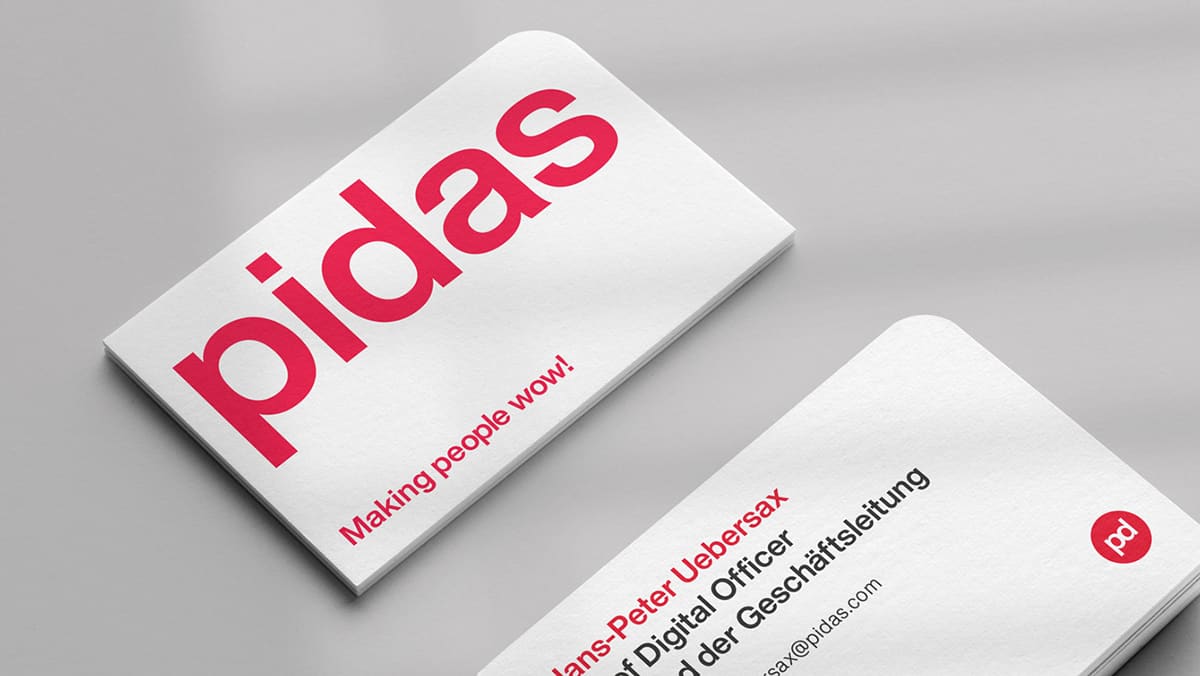 Your company will only run if your IT is up and running. And only if IT problems are solved efficiently can employees perform optimally. That's why excellent IT end-user support is so important. Support that guarantees maximum reliability and creates new wow effects every day. This is exactly the kind of wow support Pidas wants to deliver.
With this DNA in mind, Pidas has developed a new support concept for the DACH region. From now on, the company will focus exclusively on IT end-user support. The solution is based on the interaction between man and machine or, in other words, between chatbot, support staff and the intelligent IT machine "CORA".
Your company will only run if your IT is up and running. And only if IT problems are solved efficiently can employees perform optimally. That's why excellent IT end-user support is so important. Support that guarantees maximum reliability and creates new wow effects every day. This is exactly the kind of wow support Pidas wants to deliver.
With this DNA in mind, Pidas has developed a new support concept for the DACH region. From now on, the company will focus exclusively on IT end-user support. The solution is based on the interaction between man and machine or, in other words, between chatbot, support staff and the intelligent IT machine "CORA".






 Werbewoche.ch: Benjamin Tück, Accenture Interactive, together with its various sub-brands, forms the largest digital agency in the world. Now you have decided to undergo a comprehensive transformation, culminating in an almost poetic rebranding: From now on, you'll be operating under the name "Accenture Song." Why?
Benjamin Tück: I would like to talk not just about transformation, but rather about further development. The pandemic has taken a lot out of all of us over the past two years - as individuals, but also as employees or as managers. And yet, at Accenture, I believe we've been able to use this time productively: We've been thinking about how to completely reinvent customer relationships, sales, commerce, marketing, as well as business innovation. In parallel, the number of people working with us has more than doubled in the past 18 months. A structural adjustment and bundling of competencies is a logical consequence of these two developments.
So it's not just a new name, but a new organizational set-up. How is that set up?
The setup is integrated and scales along content dimensions to quickly provide custom-fit solutions for the customer's ever-changing requests. Diverse agency expertise is aligned along customer challenges. A classic agency setup is no longer sufficient to serve the transformation challenges of our customers and to achieve sustainable growth and stability.
What exactly does this show in?
In product or service innovation and design, marketing transformation, forward-looking sales and commerce, brand communication, and understanding and tapping into new frontiers like the metaverse ... among other things, this is what we set ourselves up for in a "seamless organization", that is, a fully integrated organization.
Fully integrated organizations usually bring with them clarity and structures that are designed to make it easier for customers to work together. Wouldn't a somewhat less "poetic" name have been obvious?
You weren't the only one who reacted with surprise to our new naming. In deriving the name, let me start with our corporate culture: I can say with conviction that we have long lived a culture of permanent change and put it into practice in our work. Accenture Song builds on this: A song, a song, stands for an ancient, universal form of human craft. What associations does the term trigger for you? Not also connection, inspiration, technical skill and experience; all combined in one great harmony? This symbiosis we are now undergoing has a lofty goal: to help unleash the imagination and ideas of our employees to achieve tangible results for customers.
Will you also try to play those instruments that were previously the domain of the more "classic" marketing and communications agencies? It is well known that several large consultancies also want a piece of this "pie".
I think the market perceives - and accepts - our expertise in technology, consulting and innovation very well. Now, to answer your question, we're going to shift our focus even more to creation, communications and media. Bringing our teams together under Accenture Song will give us a broad base to do that. You know, the name Accenture Song reflects the many dimensions and layers of who we are and what we can achieve for our female clients. "Song" begins our new chapter of existence, where we can all feel part of a community and culture. It represents how we bring together imagination, intelligence and technology.
What happens to all the sub-brands that you have acquired with Accenture Interactive in recent years - and in some cases painstakingly developed and sharpened? Will they disappear?
Our more than 40 acquisitions over the past decade will market uniformly as Accenture Song to strengthen our synergies in product innovation, experience design, marketing and commerce. In Switzerland, there aren't quite as many; here, Boomerang, Fjord, Sinner Schrader Swipe and Wirestone operated as part of Accenture Interactive or, newly, Song. So for our location, the move is relatively small; the teams have worked together for a long time without friction or barriers. But Accenture Song as an umbrella brand will, above all, allow us to build expertise in areas that have not been in focus before by bringing our global experts together under one roof.
How would you like to use the changes in your organizational structure to the benefit of Swiss customers?
In almost every conversation I have with our customers, the question of relevance comes up: How can your company remain relevant - for customers, employees and society? I already talked at the beginning about how rapidly the world and thus people's needs are changing - and of course our customers notice that, too. They ask themselves, "What kind of products or services do I offer, how do I reach my female customers, how do I interact with all my stakeholders?" Please keep in mind very clearly: companies are working towards a future that is very different from the one they were originally designed for, and in which they should still grow! We want to provide all the assistance it takes: Accenture Song's consolidated capabilities will hopefully enable us to become mission-critical partners in Swiss ecosystems, to accompany large digital acquisitions from strategy to campaign implementation, to develop new product groups and value streams with our clients, and to lift e-commerce into the metaverse together with them.
Werbewoche.ch: Benjamin Tück, Accenture Interactive, together with its various sub-brands, forms the largest digital agency in the world. Now you have decided to undergo a comprehensive transformation, culminating in an almost poetic rebranding: From now on, you'll be operating under the name "Accenture Song." Why?
Benjamin Tück: I would like to talk not just about transformation, but rather about further development. The pandemic has taken a lot out of all of us over the past two years - as individuals, but also as employees or as managers. And yet, at Accenture, I believe we've been able to use this time productively: We've been thinking about how to completely reinvent customer relationships, sales, commerce, marketing, as well as business innovation. In parallel, the number of people working with us has more than doubled in the past 18 months. A structural adjustment and bundling of competencies is a logical consequence of these two developments.
So it's not just a new name, but a new organizational set-up. How is that set up?
The setup is integrated and scales along content dimensions to quickly provide custom-fit solutions for the customer's ever-changing requests. Diverse agency expertise is aligned along customer challenges. A classic agency setup is no longer sufficient to serve the transformation challenges of our customers and to achieve sustainable growth and stability.
What exactly does this show in?
In product or service innovation and design, marketing transformation, forward-looking sales and commerce, brand communication, and understanding and tapping into new frontiers like the metaverse ... among other things, this is what we set ourselves up for in a "seamless organization", that is, a fully integrated organization.
Fully integrated organizations usually bring with them clarity and structures that are designed to make it easier for customers to work together. Wouldn't a somewhat less "poetic" name have been obvious?
You weren't the only one who reacted with surprise to our new naming. In deriving the name, let me start with our corporate culture: I can say with conviction that we have long lived a culture of permanent change and put it into practice in our work. Accenture Song builds on this: A song, a song, stands for an ancient, universal form of human craft. What associations does the term trigger for you? Not also connection, inspiration, technical skill and experience; all combined in one great harmony? This symbiosis we are now undergoing has a lofty goal: to help unleash the imagination and ideas of our employees to achieve tangible results for customers.
Will you also try to play those instruments that were previously the domain of the more "classic" marketing and communications agencies? It is well known that several large consultancies also want a piece of this "pie".
I think the market perceives - and accepts - our expertise in technology, consulting and innovation very well. Now, to answer your question, we're going to shift our focus even more to creation, communications and media. Bringing our teams together under Accenture Song will give us a broad base to do that. You know, the name Accenture Song reflects the many dimensions and layers of who we are and what we can achieve for our female clients. "Song" begins our new chapter of existence, where we can all feel part of a community and culture. It represents how we bring together imagination, intelligence and technology.
What happens to all the sub-brands that you have acquired with Accenture Interactive in recent years - and in some cases painstakingly developed and sharpened? Will they disappear?
Our more than 40 acquisitions over the past decade will market uniformly as Accenture Song to strengthen our synergies in product innovation, experience design, marketing and commerce. In Switzerland, there aren't quite as many; here, Boomerang, Fjord, Sinner Schrader Swipe and Wirestone operated as part of Accenture Interactive or, newly, Song. So for our location, the move is relatively small; the teams have worked together for a long time without friction or barriers. But Accenture Song as an umbrella brand will, above all, allow us to build expertise in areas that have not been in focus before by bringing our global experts together under one roof.
How would you like to use the changes in your organizational structure to the benefit of Swiss customers?
In almost every conversation I have with our customers, the question of relevance comes up: How can your company remain relevant - for customers, employees and society? I already talked at the beginning about how rapidly the world and thus people's needs are changing - and of course our customers notice that, too. They ask themselves, "What kind of products or services do I offer, how do I reach my female customers, how do I interact with all my stakeholders?" Please keep in mind very clearly: companies are working towards a future that is very different from the one they were originally designed for, and in which they should still grow! We want to provide all the assistance it takes: Accenture Song's consolidated capabilities will hopefully enable us to become mission-critical partners in Swiss ecosystems, to accompany large digital acquisitions from strategy to campaign implementation, to develop new product groups and value streams with our clients, and to lift e-commerce into the metaverse together with them. 
